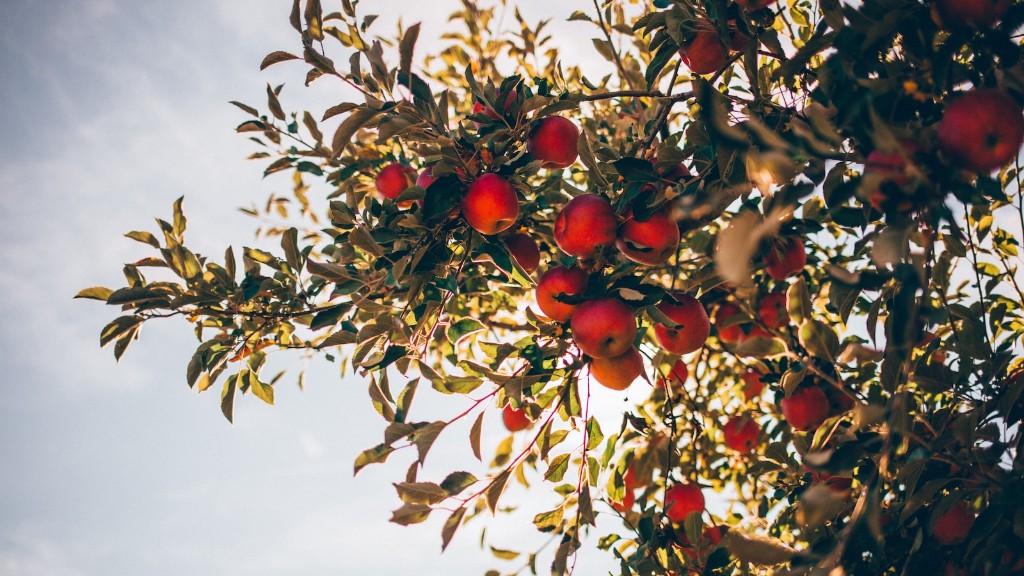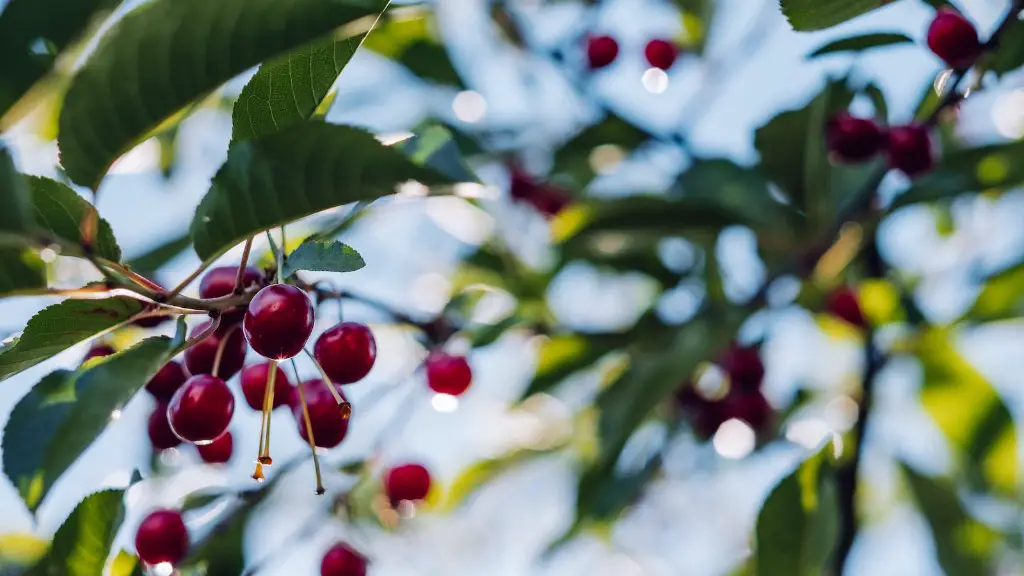The Phoenix Palm Tree is a classic and recognizable tree, making it a favored choice for many landscaping projects. As with any other tree, however, the Phoenix Palm Tree requires maintenance and care. Without proper care, Phoenix Palms may become damaged or even die. In order to ensure a healthy, long-lasting Phoenix Palm Tree, regular care and maintenance are critical.
First, they thrive in well-drained soil with preferably alkaline pH. Depending on the region, you may need to amend the soil with organic matter or a light fertilizer. Don’t forget to water your Phoenix Palm Tree regularly – keep the soil moist but not saturated. The frequency of watering depends on the climate – generally speaking, it will need more water in hot and dry climates, and less in cool and humid regions. In ideal conditions, your Phoenix Palm Tree should reach heights of 50 feet and more .Additionally, it is important to pay close attention to your Palm for signs of pests or diseases. Spider mites and mealybugs are common pests that may affect Phoenix Palms and require immediate treatment.
In terms of fertilizer, it is generally good practice to use a blend specifically meant for Palms – these usually come in granular or liquid form. Keep in mind that the frequency of fertilizer largely depends on the climate, again. In climates with mild temperatures, a light fertilizer applied every 2 to 3 months should be sufficient. In hotter and more humid climates, your Phoenix Palm Tree will require more frequent fertilization (this could mean up to 6 times a year in some cases) to maintain a healthy and vibrant appearance. Pay close attention to your Phoenix Palm Tree’s overall look and adjust the frequency according to its needs.
Furthermore, when maintaining a Phoenix Palm Tree, it is essential to be aware of its pruning needs as well as the proper removal of dead leaves. Pruning is especially important in regions with cold winters as dead fronds can provide protection against the frost. In warmer climates, however, it is best practice to spruce up the Palm by removing any dead fronds or branches. While you should not necessarily remove coconuts or ripe fruits, you may want to remove smaller fruits in order to maintain a balanced look. When it comes to pruning, it is important to use the right tools and methods to avoid injuring the Palm.
Finally, location is crucial when deciding to plant a Phoenix Palm Tree. If a Phoenix is planted in the wrong spot it can lead to considerable damage and even death. Make sure to research your region’s climate and soil and know the minimum temperature your tree will require during winter. Additionally, you should plant your Phoenix Palm Tree away from buildings, pools and structures, as the root system can become extensive and the tree may require a lot of space to spread. On the other hand, if you don’t provide adequate space, your Palm may become unbalanced and require regular pruning.
Light/Adequate Shade
Phoenix Palms love bright, indirect sunlight year-round. They can handle full sun, but too much exposure to intense sunlight may cause its leaves to yellow. If a Phoenix Palm Tree is planted in a closed off, dark area, it may not receive enough light needed for its growth, and will look unhealthy. To avoid either of these situations, it’s best to site your Palm in a spot where it will get enough sunlight, but not be constantly exposed to it.
Water Requirements
A Phoenix Palm Tree needs an adequate amount of water in order to stay healthy. It is important to water the Palm deeply and in the right way. Regular deep watering will encourage the development of a deeper root system, ensuring the Phoenix will be able to access the water it needs in the long run. When watering the Phoenix, the soil should be moist but not overly saturated – adding mulch to the soil will help with retaining moisture.
Conclusion
Taking care of a Phoenix Palm Tree is not overly painstaking process, and with proper care, your Phoenix can easily become a timeless, valuable addition to your landscapes.
Maintenance and Trimming
Maintaining a Phoenix Palm Tree is relatively simple and straightforward. In general, you should trim off any dead leaves, yellow fronds and other debris as these can retain pests and disease. If the Palm is overgrown, it is best practice to prune the fronds in a way that will retain its balanced, natural look.
Fertilizer Requirements
Fertilizing a Phoenix Palm is essential for its growth, health and vibrancy. Fertilize it with a specifically-made Palm fertilizer, which can be found in both liquid and granular form. Depending on the climate, it is best to feed your Phoenix Palm 2-6 times a year. It is important to keep in mind that it’s always better to underfertilize than overfertilize a Phoenix Palm.
Winterizing
A Phoenix Palm Tree should be winterized in order to protect it from damage caused by temperatures and winds. In very cold climates, it is important to surround the trunk of the tree with an organic material such as mulch and cover the leaves with blankets or other protectors. Additionally, if your Phoenix Palm Tree is planted directly in the soil, it is good practice to wrap the root ball with insulating material for extra protection during freezing temperatures.


